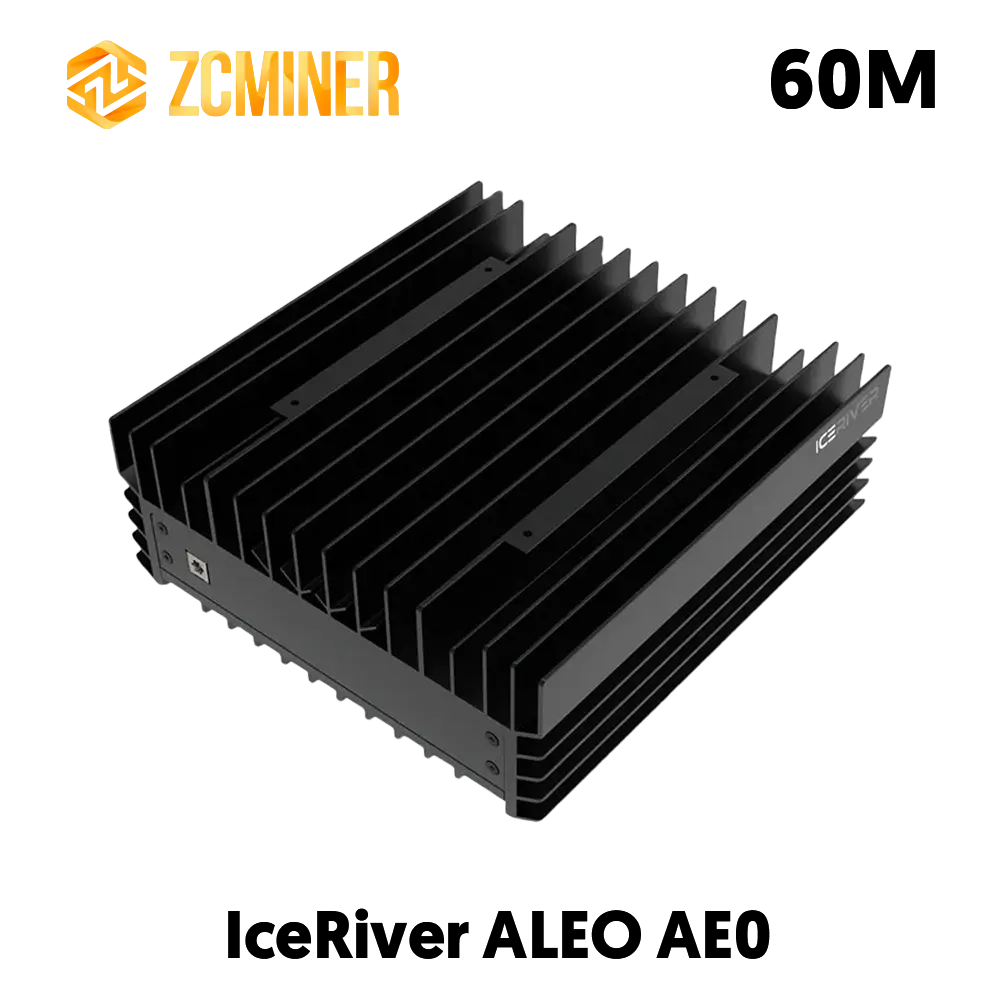The landscape of cryptocurrency mining has seen significant transformations over the years, with mining pools emerging as key players in the ecosystem. These pools, which aggregate the computing power of individual miners to improve their chances of earning rewards, have evolved alongside the broader cryptocurrency industry. This article explores the evolution of mining pools, focusing on the journey from Binance’s early involvement in mining to the rise of Luxor’s US-based operations. We will also consider the perspectives of small investors and home miners who have been navigating this ever-changing landscape.
The Early Days: Binance’s Entry into Mining Pools
Binance, one of the world's largest cryptocurrency exchanges, made its foray into mining pools in 2020. Leveraging its vast user base and technological infrastructure, Binance quickly became a major player in the mining pool industry. The launch of Binance Pool marked the exchange's expansion into the mining sector, offering a comprehensive suite of services that catered to both individual miners and large-scale operations.
-
Integration with the Binance Ecosystem: Binance Pool was uniquely positioned to capitalize on the existing ecosystem of Binance’s exchange platform. Miners using Binance Pool could seamlessly convert their mining rewards into various cryptocurrencies, trade on the exchange, or utilize other financial products offered by Binance. This integration made it an attractive option for many miners, particularly those already familiar with Binance's services.
-
Low Fees and Competitive Payouts: Binance Pool introduced low fees and competitive payout schemes, which were designed to attract a broad range of miners. The pool adopted both the Full-Pay-Per-Share (FPPS) and Pay-Per-Last-N-Shares (PPLNS) models, giving miners flexibility in choosing how they wanted to receive their rewards. According to a CoinTelegraph article from 2020, Binance Pool’s competitive fees played a significant role in its rapid growth, helping it capture a substantial share of the market within its first year.
-
Global Reach with Localized Services: While Binance Pool operated on a global scale, it offered localized services tailored to miners in different regions. This approach allowed Binance to attract miners from various countries, including those with less favorable regulatory environments. The Binance Blog (2020) highlighted how the pool’s global infrastructure provided miners with reliable and consistent services, regardless of their location.
The Shift to Decentralization and the Rise of US-Based Pools
As the cryptocurrency industry matured, there was a growing emphasis on decentralization and regulatory compliance, particularly in the United States. This shift was driven by a combination of factors, including increasing scrutiny from regulators and a desire to reduce reliance on centralized platforms. It was within this context that Luxor, a US-based mining pool, began to gain prominence.
-
Focus on Transparency and Compliance: Luxor was founded with a focus on transparency, regulatory compliance, and supporting the decentralization of the Bitcoin network. Unlike some of the larger, more centralized pools, Luxor positioned itself as a mining pool that prioritized the principles of decentralization. A 2022 report by CoinDesk noted that Luxor's commitment to compliance with US regulations made it a trusted choice among American miners who were concerned about legal risks.
-
Specialization in North American Operations: Luxor’s operations were heavily concentrated in North America, particularly in the United States. This regional focus allowed the pool to provide specialized services tailored to the needs of miners operating within the US. Luxor also offered services for mining other cryptocurrencies, such as Zcash and Litecoin, expanding its appeal to a broader audience. According to a Forbes article from 2023, Luxor’s US-based operations helped it establish a strong foothold in the growing North American mining market, which was increasingly seen as a strategic hub for cryptocurrency mining.
-
Innovative Payout Models: Luxor introduced innovative payout models that catered to different types of miners, including those who preferred stable, predictable returns and those willing to take on more risk for potentially higher rewards. The pool’s offerings included FPPS and a unique FPPS+ model, which provided miners with additional earnings from transaction fees. These flexible options were particularly appealing to small-scale miners and investors looking for ways to maximize their returns. A whitepaper published by Luxor in 2022 detailed how these payout models were designed to optimize earnings for miners of all sizes.
-
Community and Education Initiatives: Luxor also invested in building a strong community around its mining pool. The company regularly published educational content aimed at helping miners optimize their operations and navigate the complexities of cryptocurrency mining. This focus on education and community support was well-received by home miners and small investors, who often faced steep learning curves when entering the mining space. The Luxor Mining Blog featured numerous articles and tutorials that became valuable resources for miners at all levels of experience.
The Perspective of Small Investors and Home Miners
For small investors and home miners, the evolution of mining pools from centralized giants like Binance to more decentralized, US-based operations like Luxor has had profound implications. These miners, who often operate on tight budgets and limited resources, have had to adapt to the changing dynamics of the mining pool industry.
-
Balancing Centralization and Decentralization: Small miners have always been drawn to mining pools for the stability and predictability they offer. However, the increasing centralization of large pools like Binance has raised concerns about the potential risks of relying too heavily on a single platform. For many, the rise of decentralized and regionally focused pools like Luxor provided a welcome alternative, offering a more balanced approach to mining that aligned with the original ethos of Bitcoin. Discussions on forums like BitcoinTalk and Reddit from 2021-2023 frequently highlighted the community’s interest in supporting decentralized pools, with many home miners switching to platforms like Luxor.
-
Adapting to Regulatory Changes: The regulatory landscape for cryptocurrency mining has become increasingly complex, particularly in the United States. Small investors and home miners have had to navigate new regulations, tax implications, and compliance requirements, which can be daunting for those without legal or financial expertise. Pools like Luxor, with their focus on compliance and transparency, have provided these miners with a sense of security, knowing that they are participating in a legally sound operation. An analysis by The Block (2023) emphasized how regulatory compliance had become a key factor for US-based miners when choosing a mining pool.
-
Maximizing Efficiency and Returns: The evolution of payout models and the introduction of new technologies have made it possible for small miners to optimize their earnings. Pools like Luxor have led the way in offering innovative payout structures that help miners maximize their returns, even with modest computing power. Articles on CryptoSlate (2022) detailed how miners could leverage these models to achieve better profitability, particularly during periods of high network difficulty or market volatility.
-
Community Support and Resources: The educational initiatives undertaken by pools like Luxor have been invaluable for home miners, many of whom are self-taught and rely on online resources to stay informed. Luxor’s commitment to community building and education has helped create a more inclusive and supportive environment for small-scale miners. The Luxor Mining Blog and similar platforms have become go-to resources for those looking to improve their mining efficiency, troubleshoot issues, or simply connect with other miners.
The Future of Mining Pools
As the cryptocurrency industry continues to evolve, so too will the landscape of mining pools. The trend towards decentralization and regional specialization is likely to continue, driven by both regulatory pressures and the community’s desire to maintain the integrity of the Bitcoin network. US-based operations like Luxor are well-positioned to capitalize on these trends, particularly as North America solidifies its role as a major hub for cryptocurrency mining.
For small investors and home miners, the future holds both challenges and opportunities. The need to stay informed, adapt to changing regulations, and optimize operations will be more important than ever. However, the continued evolution of mining pools and the emergence of new technologies will also provide these miners with more tools and resources to succeed.
Move towards...
The evolution of mining pools from Binance’s global operations to Luxor’s US-based, decentralized approach reflects the broader shifts occurring within the cryptocurrency mining industry. While large, centralized pools like Binance Pool have played a significant role in the growth of Bitcoin mining, the move towards decentralization and compliance-focused operations represents the next stage in the industry’s development.
For small investors and home miners, these changes offer both challenges and opportunities. By aligning with pools that prioritize transparency, regulatory compliance, and community support, these miners can continue to thrive in a rapidly changing environment. As the industry evolves, the lessons learned from the rise of Binance and Luxor will continue to shape the future of cryptocurrency mining, ensuring that it remains accessible, secure, and decentralized.










Leave a comment
This site is protected by hCaptcha and the hCaptcha Privacy Policy and Terms of Service apply.